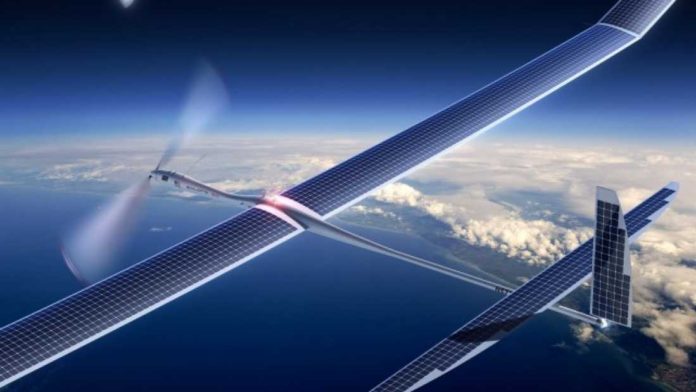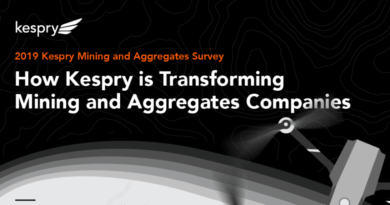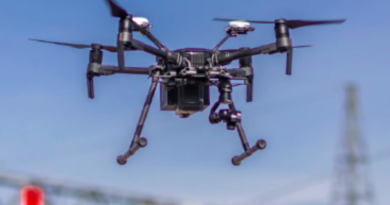The Future of Solar-Powered Drones
Two of the world’s most promising emerging technologies — solar panels and drones — may be even more valuable when used together. Researchers and companies are already starting to explore the many potential uses of solar-powered drones.
On their own, these two technologies have massive potential. The commercial drone market is expected to grow to $17 billion by 2024, according to a report from Global Market Insights, Inc. The latest forecasts from Wood Mackenzie Power and Renewables show global installed solar capacity rising to one terawatt, or one trillion watts, by 2023.
Both technologies are improving, and their costs are coming down. Harnessing the energy of the sun for nearly continuous power would solve one of the most significant limitations of drones — endurance. Most drones are powered by batteries and need to come back down to the ground to recharge after a few hours. It seems only natural that we would start using solar panels to power drones.
How Does It Work?
For some time, solar panels were too bulky to feasibly power drones. The advent of thin, flexible, lightweight solar panels has changed that situation. Most solar panels are up to 200 micrometers thick, but slicing the silicon wafers down to a few micrometers makes for flexible panels.
Researchers at MIT have also made advancements in using organic materials to create thin, lightweight and transparent solar panels. They’ve developed a method in which they deposit a layer of graphene one atom thick onto a solar cell. A solar company called Alta Devices grows a layer of Gallium Arsenide (GaAs) just a few microns thick and uses it as a lightweight panel. These types of solar panels can be affixed to the wings of drones without weighing them down.
As solar technology improves, it’s becoming increasingly efficient, meaning that it can convert more of the sunlight that hits a panel into electricity. More efficient solar panels attached to drones means that they could stay in the air longer. Today, most standard solar panels have 11 to 15 percent efficiency rating. Alta Devices has achieved an efficiency of 31.6 percent.
Solar-powered drones can also carry lithium-ion batteries that the solar panels charge, allowing the unmanned aerial vehicle to continue to fly at night. The lighter the weight of the panels, the more batteries can be included. The more efficient the batteries, the more charge they can send to the batteries for storage.
A company called Titan Aerospace is reportedly developing a drone that could fly for up to five years non-stop. It has 50-meter-long wings that are covered with 3,000 solar cells and lithium-ion batteries inside the wing. It would fly at an altitude of around 65,000 feet, giving it unobstructed access to sunlight.
-
Applications
Solar drones could conduct many of the same tasks that other types of drones do, including inspecting infrastructure and buildings, surveying storm damage and tracking wildlife. Using solar energy to power these UAVs, though, could make these operations more efficient and cost-effective. It would eliminate the need to bring drones back down after a few hours for a charge.
For this reason, solar-powered UAVs could be especially useful for applications that would require the drones to stay up for long periods — or even indefinitely. These drones could essentially act as satellites and collect weather data, track wildlife, perform mapping and collect information for other scientific research.
Two leading companies, Google and Facebook, have also experimented with using solar-powered drones to provide broadband internet access to unserved populations, mostly developing countries and remote areas. The companies envisioned UAVs that could stay in the air for long periods and beam internet access to the ground below. Google quit its drone project a few years ago in part to pursue Project Loon, which uses stratospheric balloons and electronics powered by solar cells to provide internet access.
Facebook stopped its internet drone initiative, Aquila, in June. The company said it still wants to expand internet access but will rely on other companies to build drones. Google and Facebook might not be building solar-powered drones anymore, but that doesn’t mean other companies won’t. The idea still has a lot of potential for providing internet access, especially as the associated technologies improve.
Plus, solar-powered drones are a promising technology in many other areas as well. We may start to see them employed across many different sectors over the coming years.
Author Bio:
Emily is a green tech writer who covers topics in renewable energy and sustainable design. You can read more of her work on her blog, Conservation Folks.



